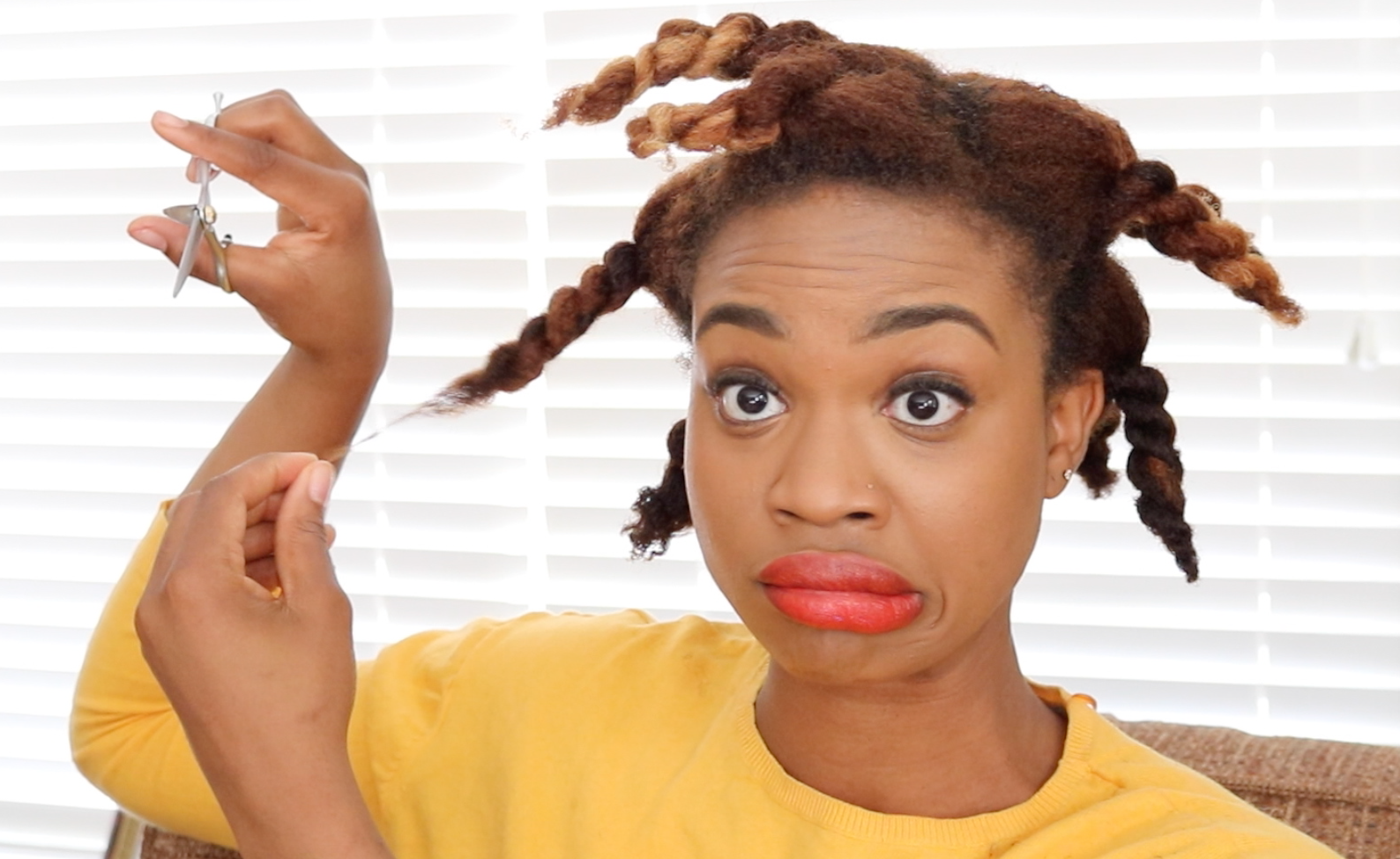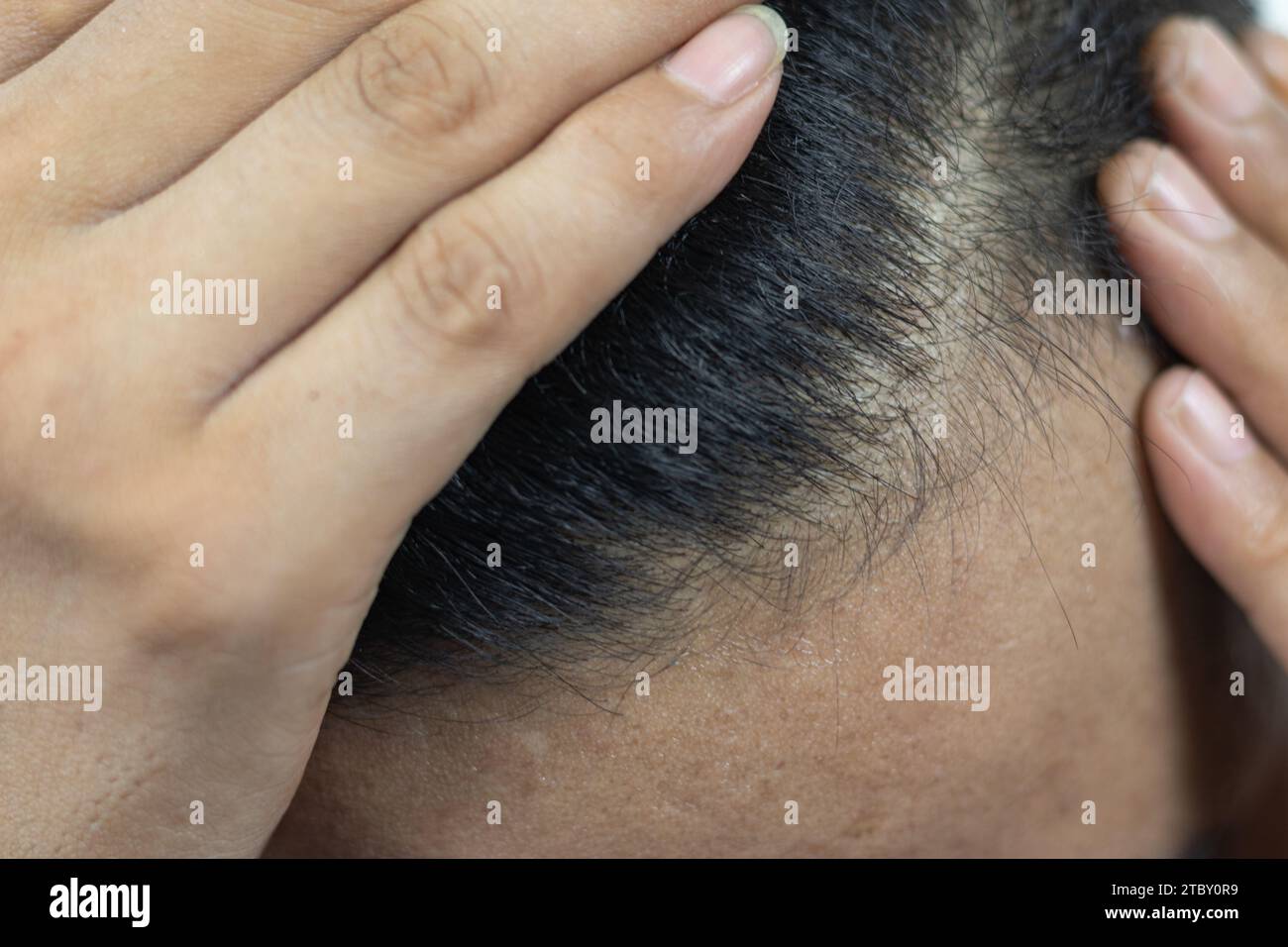How to Restore Hair After Heat Damage
Are you struggling with dry, brittle, and damaged hair after years of heat styling? You’re not alone. Many people rely on heat tools like straighteners, curling irons, and blow dryers to achieve their desired hairstyles, but excessive heat can take a significant toll on your hair’s health. The result? Dryness, breakage, split ends, and a generally unhealthy look and feel. Fortunately, restoring your hair’s health is possible with the right approach. For a range of effective hair care products to support your journey, visit hairy.cartlab.web.id. We offer a curated selection designed to help you achieve your hair goals.
Heat damage occurs when the hair’s protective cuticle layer is compromised by excessive heat. This exposes the inner cortex, making it vulnerable to further damage and leading to a weakened hair shaft. The consequences can range from minor dryness to severe breakage and even hair loss in extreme cases. Understanding the causes and implementing effective repair strategies is crucial for restoring your hair’s strength, shine, and overall health. This comprehensive guide will equip you with the knowledge and techniques you need to revitalize your heat-damaged locks.
This article will delve into various methods and strategies to help you effectively repair and restore your hair’s health after the damaging effects of heat styling. We’ll cover everything from essential at-home treatments to professional salon services, offering a holistic approach to hair restoration. Remember, patience and consistency are key – restoring damaged hair takes time and dedication.

1. Assessing the Damage and Setting Realistic Goals

Before embarking on a hair restoration journey, it’s essential to accurately assess the extent of the damage. This involves honestly evaluating your hair’s current condition. Look for signs like split ends, breakage, dryness, frizz, dullness, and loss of elasticity. The severity of these symptoms will dictate the intensity and duration of your treatment plan. Setting realistic goals is equally crucial. Don’t expect a miracle overnight. Hair restoration is a gradual process that requires patience and consistency. Start by setting small, achievable goals, such as reducing breakage or improving shine. Celebrate each milestone to maintain motivation throughout the process. Remember, healthy hair growth takes time; be kind to yourself and your hair during the recovery period.
2. Minimizing Further Heat Damage

The first and most crucial step in how to restore hair after heat damage is to prevent further damage. This means significantly reducing or eliminating the use of heat styling tools. If you absolutely must use heat tools, always apply a heat protectant spray before styling. These sprays create a barrier between your hair and the heat, minimizing the damage. Choose products with ingredients like silicone or keratin that provide excellent heat protection. Furthermore, lower the temperature setting on your styling tools. High heat is the primary culprit behind heat damage. Opt for lower temperatures and longer styling times to achieve your desired look without compromising your hair’s health. Consider air drying your hair more frequently, or embracing your natural texture. Learning how to keep curly hair hydrated all day can be especially beneficial if you’re transitioning away from heat styling. hairy.cartlab.web.id/how-to-keep-curly-hair-hydrated-all-day offers helpful tips.
3. Implementing a Deep Conditioning Regimen

Deep conditioning is arguably the most effective way to restore hair after heat damage. Heat styling strips the hair of its natural oils, leaving it dry, brittle, and prone to breakage. Deep conditioning treatments replenish lost moisture and strengthen the hair shaft. Aim for at least one deep conditioning treatment per week, using a high-quality hair mask specifically designed for damaged hair. Look for products containing ingredients like argan oil, coconut oil, shea butter, or keratin. These ingredients are known for their moisturizing and restorative properties. Leave the mask on for the recommended time (usually 20-30 minutes), then rinse thoroughly with cool water. Cool water helps to seal the hair cuticle, locking in moisture and preventing further damage. Consistency is key – regular deep conditioning will significantly improve the overall health and condition of your hair over time.
4. Trimming Split Ends and Damaged Hair

Unfortunately, severely damaged hair may require a more drastic measure: trimming. While it might seem counterintuitive to cut off hair you’re trying to grow, trimming split ends and severely damaged sections is essential to prevent further damage from traveling up the hair shaft. This process removes the damaged portions, allowing the healthy hair underneath to grow stronger and healthier. Regular trims, every 6-8 weeks, are recommended to maintain healthy hair growth and prevent further splitting. Don’t be afraid to ask your stylist for advice on how to manage your heat-damaged hair. They can offer personalized recommendations for treatments and styling techniques. Remember, preventing hair breakage and how to stop it is crucial for long-term hair health. Learn more at hairy.cartlab.web.id/the-truth-about-hair-breakage-and-how-to-stop-it.
5. Nourishing Your Hair from the Inside Out

The health of your hair is intrinsically linked to your overall health. A balanced diet rich in protein, vitamins, and minerals is crucial for healthy hair growth and repair. Protein is a fundamental building block of hair, so ensure your diet includes plenty of lean protein sources like fish, chicken, beans, and lentils. Vitamins like biotin, vitamin A, and vitamin E are also essential for hair health. These can be obtained through a variety of foods, including leafy green vegetables, sweet potatoes, and nuts. Staying hydrated is also vital. Water helps to keep your hair moisturized and prevents dryness and breakage. Consider incorporating a multivitamin if you’re concerned about nutrient deficiencies. A healthy diet, coupled with the external treatments mentioned above, will significantly contribute to your hair’s recovery.
6. Professional Treatments for Severe Damage

For severe cases of heat damage, professional treatments may be necessary. Salon treatments like keratin treatments, Olaplex, or deep conditioning treatments performed by a professional stylist can offer more intensive repair than at-home methods. These treatments often involve specialized products and techniques that penetrate deeper into the hair shaft, providing more effective repair. A stylist can assess your hair’s condition and recommend the most suitable treatment for your specific needs. They can also provide personalized advice on hair care and styling to help maintain the health of your hair after treatment. If you have particularly short hair, professional help can be invaluable in achieving desired volume and style. For tips on how to style short hair for volume, see hairy.cartlab.web.id/tips-to-style-short-hair-for-volume.
Conclusion
Restoring your hair after heat damage requires patience, dedication, and a comprehensive approach. By minimizing heat styling, implementing a deep conditioning regimen, trimming damaged hair, nourishing your hair from within, and considering professional treatments, you can significantly improve the health and condition of your hair. Remember, consistent effort is key. For a range of high-quality hair care products designed to support your hair restoration journey, visit How to Restore Hair After Heat Damage. We’re here to help you achieve your healthiest, most beautiful hair yet.
External Authority Links: (Replace with actual relevant links)
- American Academy of Dermatology Association on Hair Care
- National Institutes of Health on Hair Health
- A reputable journal article on hair damage and repair (e.g., from PubMed)
(Note: Remember to replace the bracketed image placeholders with actual images. The external authority links are also placeholders and should be replaced with actual links to reputable sources.)






Comments